- 10.01.2023
- 442 Views
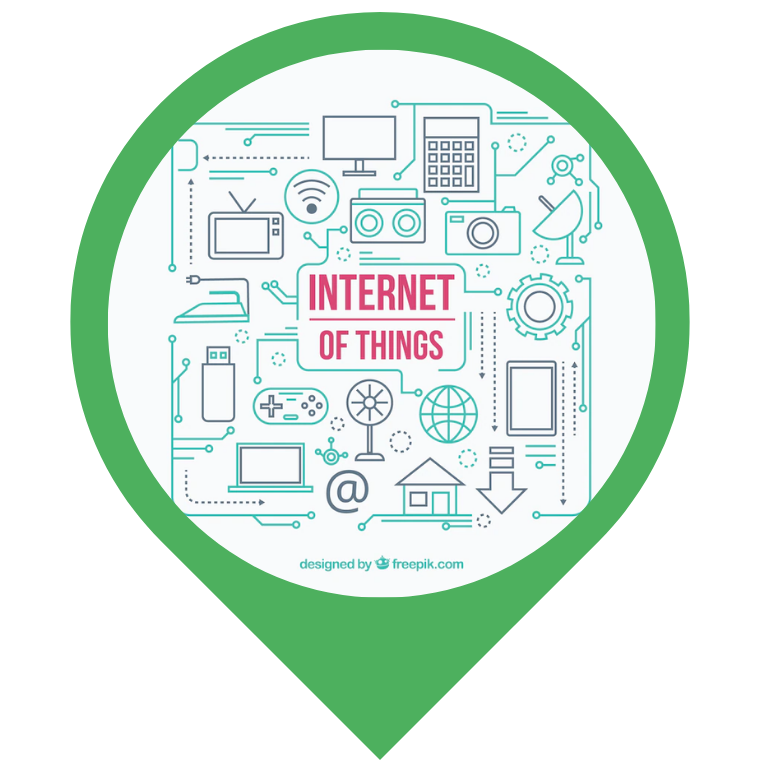
The topics are:
- What is IoT and how does it work?
- Pioneers and historical development of IoT
- Potential benefits and applications of IoT
- Security and privacy risks of IoT
- Future expectations and trends of IoT
- Impacts of IoT on industries and sectors
- Ethical and social responsibility issues related to IoT's impacts
1. What Is IoT and How Does It Work?
"Internet of Things" (IoT) is a technology that enables physical objects and systems to communicate with each other through the internet. These objects can include various sensors, actuators, microprocessors, and other electronic components and are designed to collect, process, and share data. IoT is used in various industries, such as home automation, health, automotive, agriculture and Industry 4.0.
IoT systems typically operate as follows:
- Sensors: Sensors in IoT systems are used to track physical events or environmental conditions and collect this data. For example, sensors in a home automation system can track properties such as temperature, humidity, motion, or daylight.
- Processing: The sensor data collected is processed by a microprocessor or a local computer and converted into meaningful information. For example, data collected by temperature sensors in a home automation system is processed and decisions are made for automatically adjusting the home's temperature.
- Communication: The processed data is shared between devices, systems, or remote management systems through the internet or other wireless networks. For example, data between devices in a home automation system can be shared via the internet and can be controlled through mobile devices.
- Execution: The shared data is converted into actions through systems or actuators. For example, a home automation system can automatically adjust the home's temperature or light based on the shared data. In addition, users can control different systems in the home remotely through their smartphones or tablets.
Also, IoT systems can be integrated across various platforms and data can be used to meet the different needs of users, companies, and governments. For example, an agriculture company can use IoT sensors and actuators to monitor the water level or soil moisture in their fields and use this data to increase productivity. IoT technology is rapidly evolving and is now being used not only in specific sectors but in many areas. Therefore, its effects on human life with its advantages and problems are quite important.
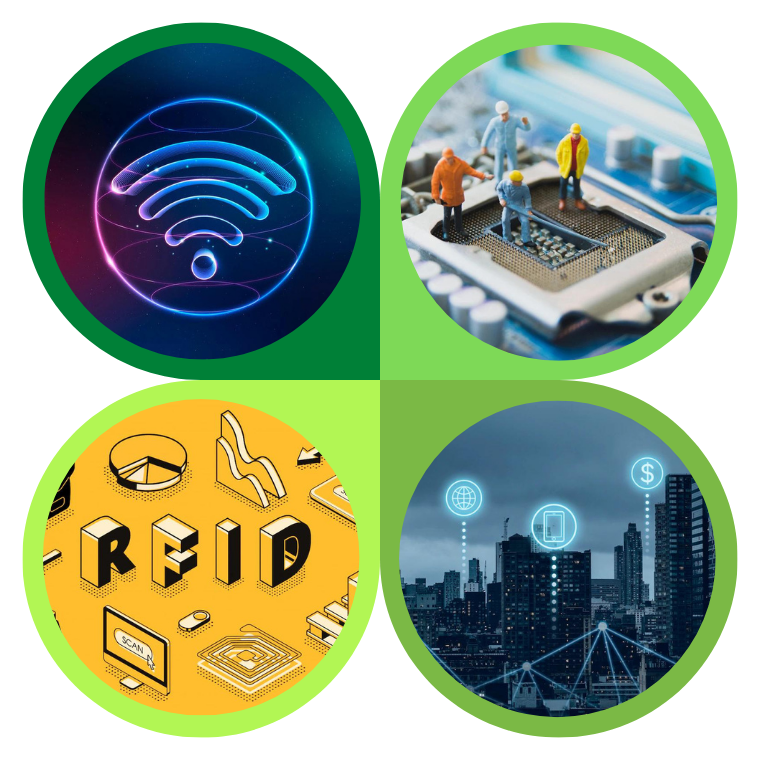
2. Pioneers and Historical Development of IoT
The concept of IoT was first used by Kevin Ashton in 1999. At that time, Ashton was working as the manager of a research center called Auto-ID Center and was researching the potential connections between RFID (radio frequency identification) sensor technology and the internet. Ashton used the term "Internet of Things" to explain how RFID sensors and the internet could be used together.
However, there are disagreements about what the concept of IoT actually means and what it will include. Some think that IoT will only include connections between sensors and the internet, while others use a broader definition and say that IoT will include all connections between the internet and the physical world.
The historical development of IoT has resulted from the coming together of many pioneering technologies. The most important of these include:
- RFID: RFID sensor technology is used in IoT systems to collect and transmit data. RFID sensors can read the identity or other information of an object and send this data to a central system.
- Wireless networks: Wireless networks are used to share data between IoT systems. For example, data transfer between devices is performed through wireless technologies such as WiFi, Zigbee, Bluetooth.
- Cloud computing: The data in IoT systems is usually processed and stored through cloud computing platforms. This allows devices and sensors to process and manage data in real-time and remotely.
- Miniaturization and cost reduction: Miniaturization technologies have made IoT devices and sensors cheaper and smaller. This has made it possible for IoT devices and sensors to be used more widely and created more application areas for IoT technology. For example, miniaturized sensors can be placed in much smaller devices, making it possible to use IoT devices. Through this miniaturization technology and cost reduction, IoT devices have become increasingly widespread and are now used in many different sectors today.
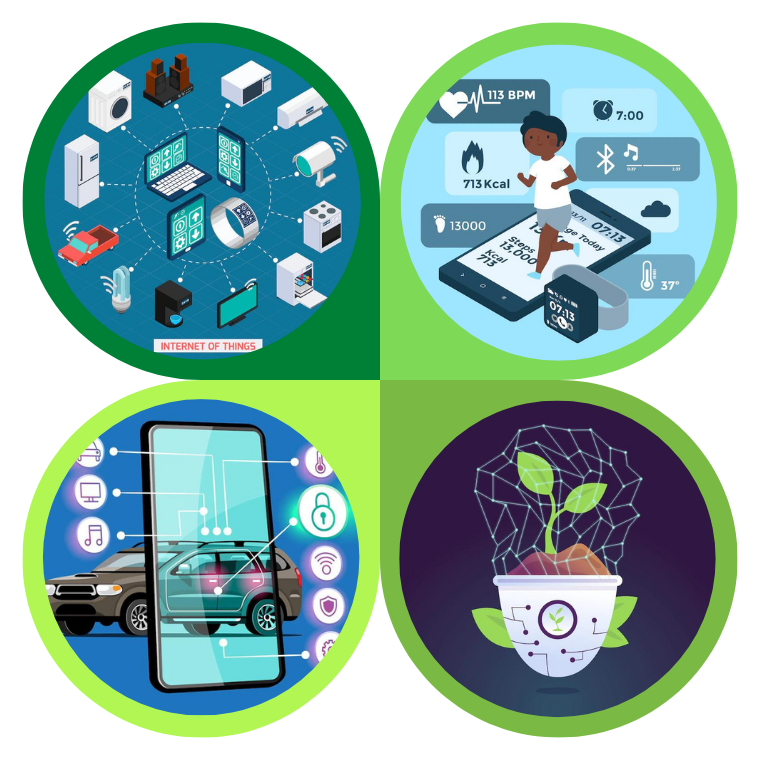
3. Potential Benefits and Applications of IoT
IoT technology has the potential to provide many benefits in different sectors and applications. The most important of these include:
- Home automation: Using IoT sensors and actuators, integration between devices and systems in the home allows users to save energy, remotely control the temperature and light of the home, automate security systems and control other functions.
- Health: Using IoT sensors and devices, individuals can monitor and remotely track their health status and have faster and more efficient access to health services. For example, a person's movements or sleep patterns can be tracked with sensors, and this data can be used to monitor their health condition.
- Automotive: Through vehicle-to-vehicle and vehicle-to-infrastructure communication using IoT sensors and devices, drivers can spend less time in traffic, make fewer trips and consume less fuel.
- Agriculture: Using IoT sensors to monitor soil and plant conditions, control water levels, track weather conditions and collect other information allows to improve production efficiency and reduce costs. RFID tags devices are used to track the location of animals.
- Industry 4.0: Using IoT sensors and devices, data collection in the production process, processing with machine-learning or control systems is provided. This enables the early detection of machine failures, improves the efficiency of the production process, increases production efficiency and reduces costs.
These are just examples of some applications, IoT technology is also used in various other sectors. For example, in the aviation, energy and mining industries. With IoT technology, it is possible to increase efficiency, reduce costs, increase productivity, enhance security and provide many other benefits.
These examples show how diverse IoT technologies can be used in various fields. Some leading companies in this field include Cisco, IBM, Intel, GE, Microsoft, Amazon, Google, Alibaba, Tencent and Huawei. These companies are pioneers in the development, dissemination and use of IoT technologies.
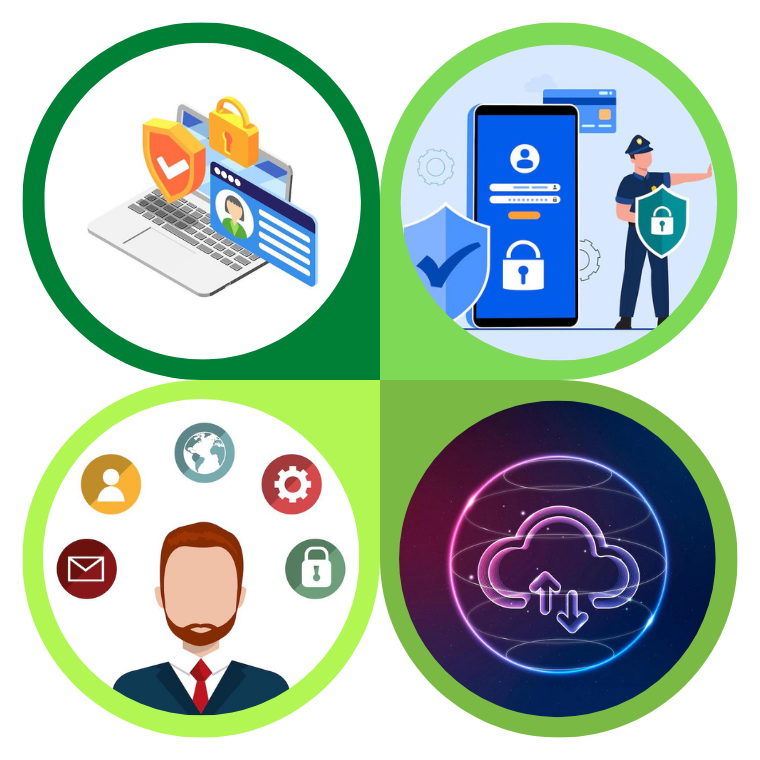
4. Security and Privacy Risks of IoT
The IoT technology creates various security and privacy risks. The most important among these are:
- Device security: IoT devices are often designed with low cost and limited software updates in mind. This can mean that the devices can be designed to be vulnerable to attacks.
- Network security: Data transfer between IoT devices is often done through wireless networks. This can mean that the networks can be designed to be vulnerable to attacks.
- Cloud computing: IoT data is often processed and stored through cloud computing platforms. This can mean that the data can be designed to be vulnerable to attacks.
- Protection of personal data: Data collected through IoT devices and sensors may contain personal data. Misuse or theft of this data can put people's privacy and security at risk.
- Remote management and control: Remote management and control through IoT devices can allow for the takeover of the devices.
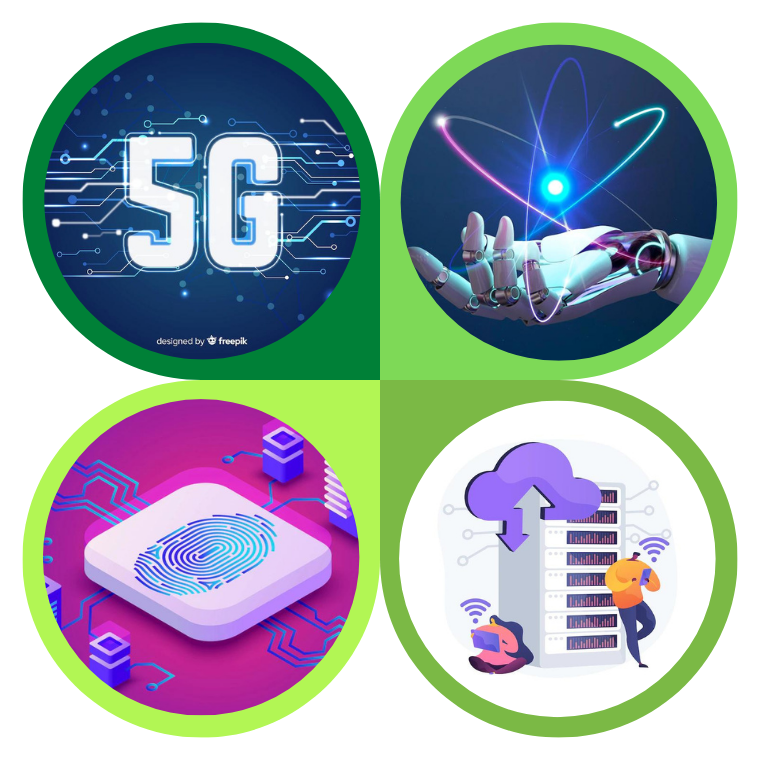
5. Future Expectations and Trends of IoT
IoT technology is rapidly developing and will play an important role in the future as well. Some of the important trends and expectations include:
- 5G: 5G technology provides faster and more secure data transfer, which will create a faster and more secure environment for data transfer between IoT devices.
- Edge computing: Edge computing allows for data processing to take place closer to the network rather than on the device, enabling real-time processing and decision making.
- AI: AI will be used for data processing and analysis in IoT systems, particularly machine learning and other artificial intelligence technologies will be used to increase the efficiency and scalability of IoT systems.
- Blockchain: Blockchain will be used to enhance the security of data in IoT systems. Blockchain technology ensures data immutability and also allows for encryption using a shared key.
- AI and IoT Integration: Integration between AI and IoT will become more widespread, this integration will make IoT devices more intelligent and will improve communication between devices.
- Wider adoption of IoT systems: IoT systems will be increasingly used and applied in more fields. In particular, the use of IoT systems will increase in areas such as Industry 4.0, healthcare and home automation.
There are many more trends and expectations related to IoT technology. For example, ground health monitoring systems will be used to control ground health and cleanliness through IoT devices. Environmental sensors can be used to monitor environmental factors such as water and air quality. With IoT technology, the Internet of Things can be used not only to process data between devices but also data between objects.
Additionally, communication between social media and businesses will also be improved with IoT technology. Especially with the data collection and processing carried out through IoT devices, businesses will be able to make better decisions and communicate better with customers.
In conclusion, IoT technology will continue to rapidly develop in the future and will be used in many sectors.

6. Impacts of IoT on Industries and Sectors
IoT technology is having significant impacts in many different industries. Especially with Industry 4.0, IoT systems are performing functions such as data collection, processing and analysis in the production process. This way, production efficiency is increased, the production process is optimized and costs are reduced. Additionally, tracking and detecting errors in the production process is done more quickly and accurately through IoT.
In the automotive and transportation industry, IoT technology is also used. For example, sensors are used to monitor driver performance between vehicles and inside the vehicle. This data enables drivers to spend less time on traffic, make fewer trips, and consume less fuel. Additionally, data sharing between vehicles optimizes traffic flow and reduces accident rates.
These are just some examples, IoT technology is also used in many other sectors such as healthcare, energy, agriculture, and tourism. With the widespread use of IoT systems, integration between sectors will also increase. For example, IoT systems used in a factory can be used for data in the automotive industry. This way, integration between sectors will increase and efficiency will be further enhanced.

7. Ethical and Social Responsibility Issues Related to IoT's Impacts
The Internet of Things (IoT) technology can have a significant impact on all areas of our lives. However, there are also ethical and social responsibility issues that may arise from its use.
- Firstly, there are concerns about the security and privacy of IoT devices. For example, sensitive information may be stolen or unauthorized individuals may gain control of the devices during communication between IoT devices. Therefore, measures need to be taken to ensure the security and privacy of IoT devices.
- In addition, there are problems related to the control of personal data with the use of IoT devices. For example, personal data collected through IoT devices can be used or sold by third parties. Therefore, legal regulations are needed to protect and control personal data.
- The possibility of interference with people's private lives also arises with the use of IoT devices. Especially, cameras and audio recording devices carry the possibility of interference with people's private lives. Therefore, rules and legal regulations should be made regarding the use of these devices.
- With the use of IoT devices, the working life and business world of people can also be affected. For example, IoT devices can be used to increase workload for employees in order to increase productivity in businesses. Therefore, legal regulations need to be made regarding working conditions and rights of people in relation to the use of IoT devices.
- Finally, there are social responsibility issues related to the energy consumption of IoT devices. In particular, as IoT devices can consume a lot of energy during operation, it is necessary to carry out studies on energy efficiency in relation to their use.
As can be seen, IoT technology can be very useful in simplifying our lives, but it also brings with it many ethical and social responsibility issues. Therefore, it is necessary to make the necessary legal regulations and accept social responsibilities in relation to the use of IoT devices.
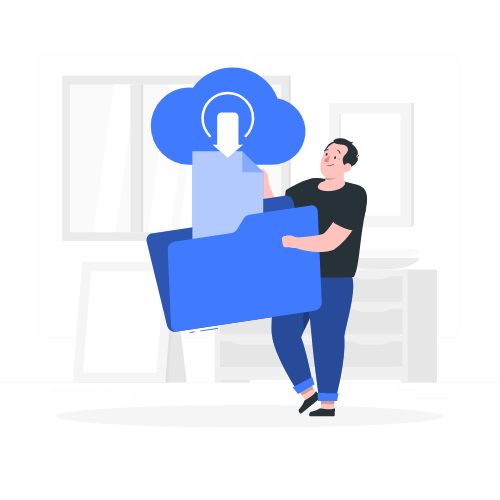
Download link sent to your email address


